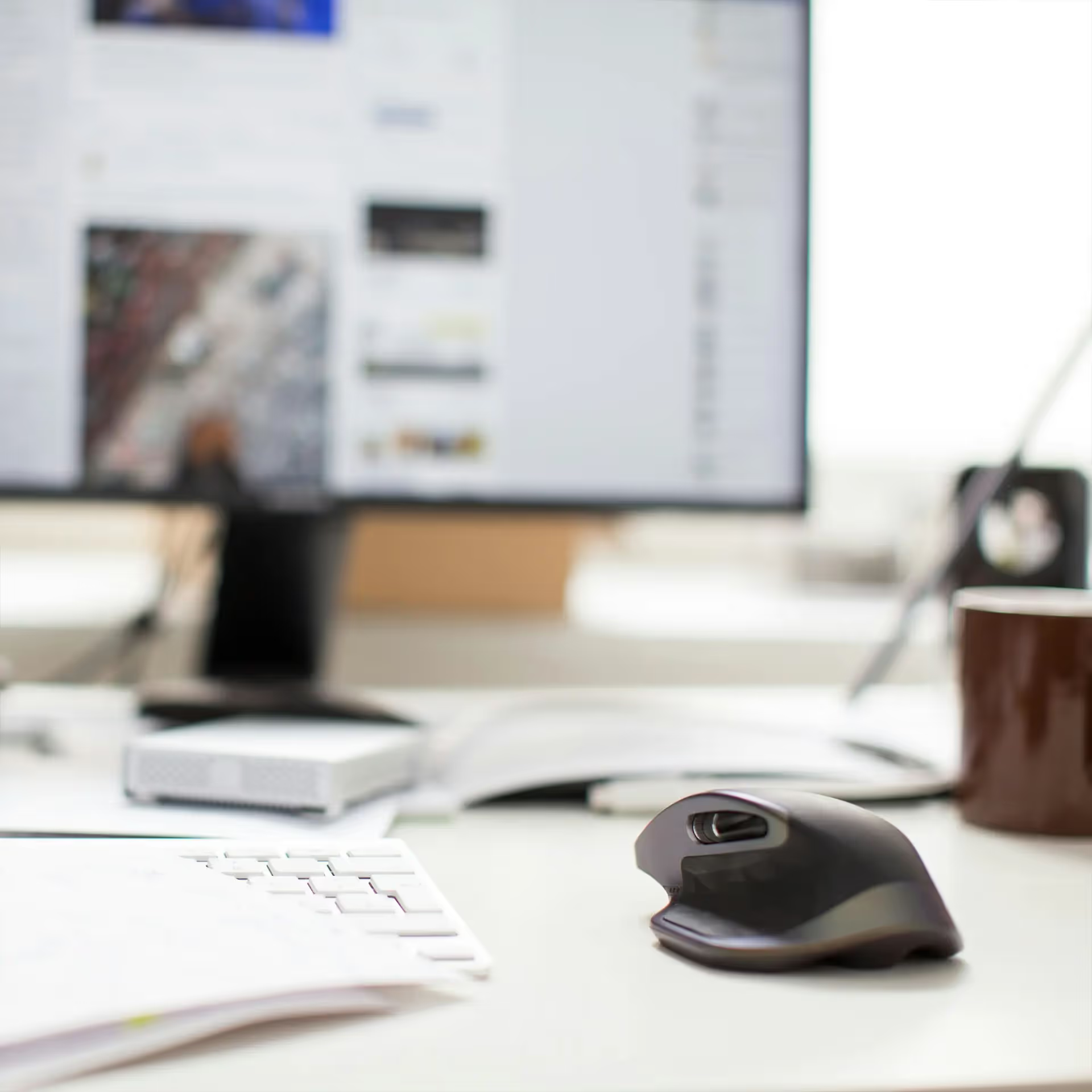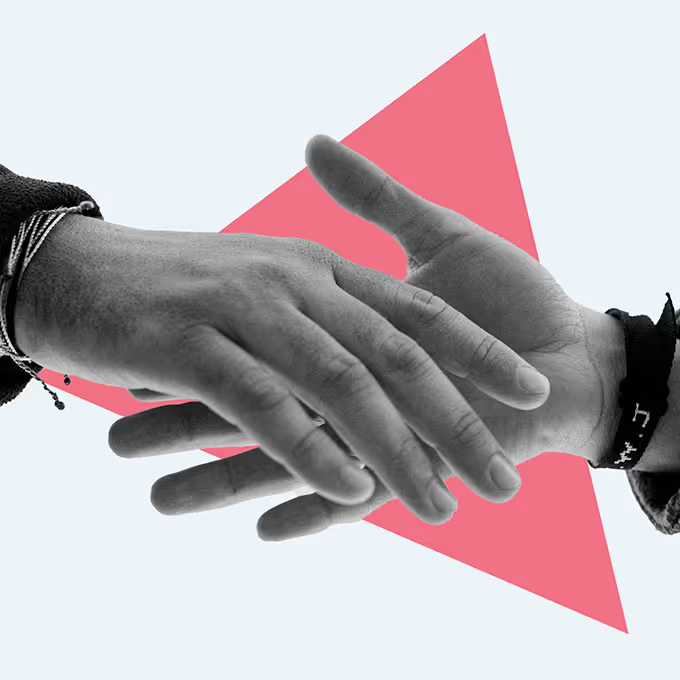I’d find myself at my desk, with a To Do List a million items long, and I just couldn’t make myself start even the most straightforward thing. One day I totally spaced on a meeting with our CEO and I knew I had to do something. I have a good relationship with my primary care doctor, so I went to see her and she diagnosed me with depression and started me on an antidepressant medication.
She said the medications wouldn’t work right away but, not to worry, they could be increased, which they were at my follow-up meeting a few weeks later.













